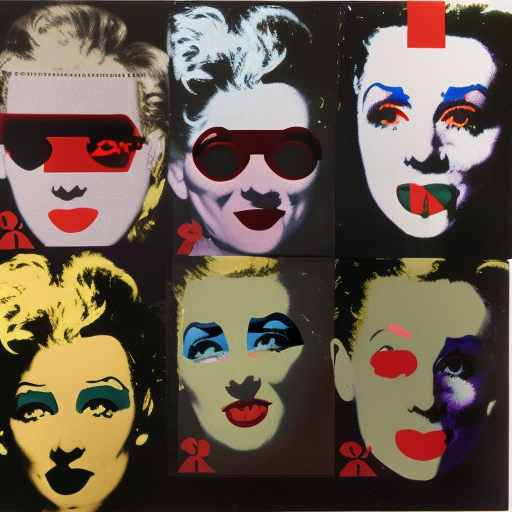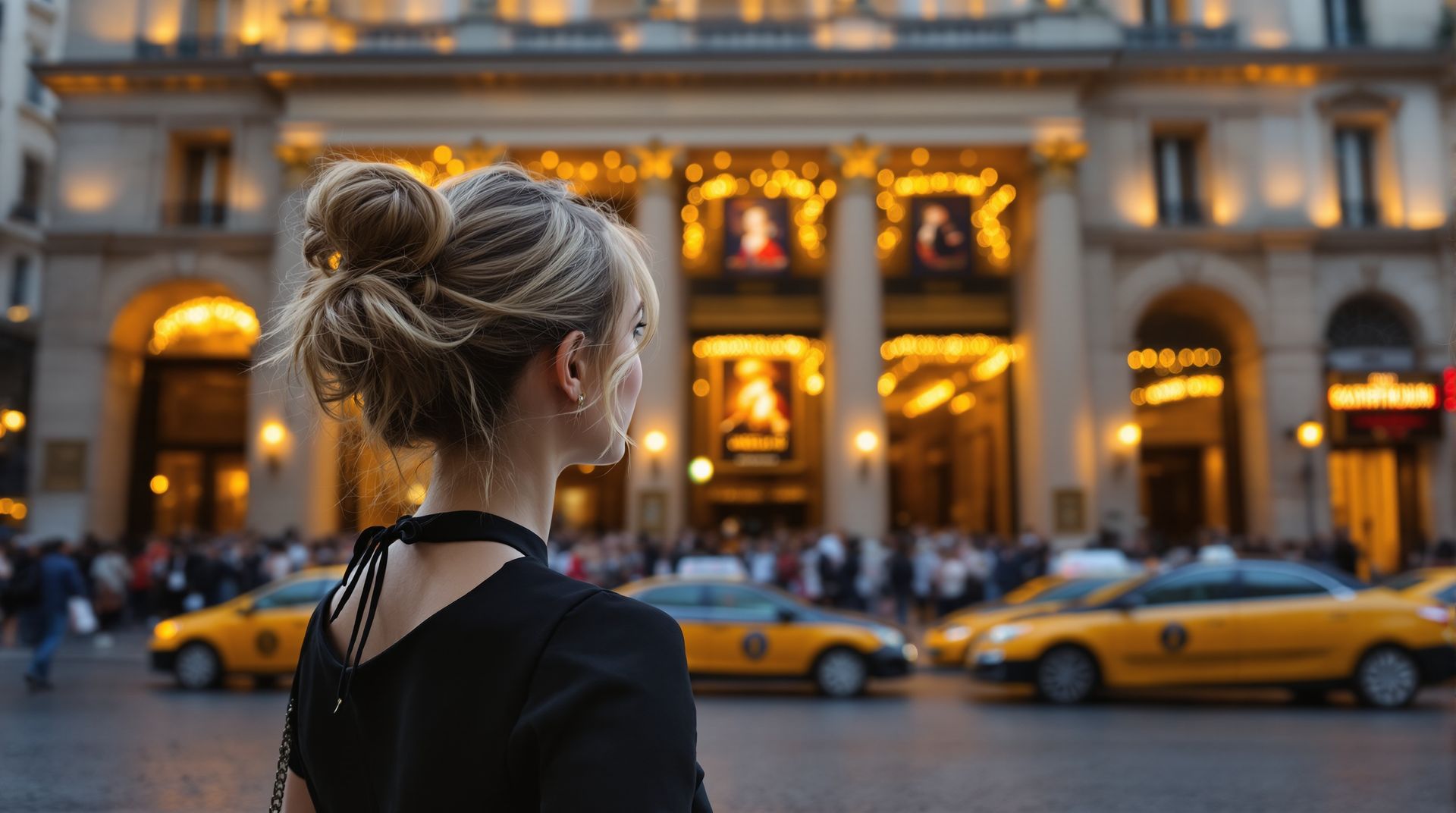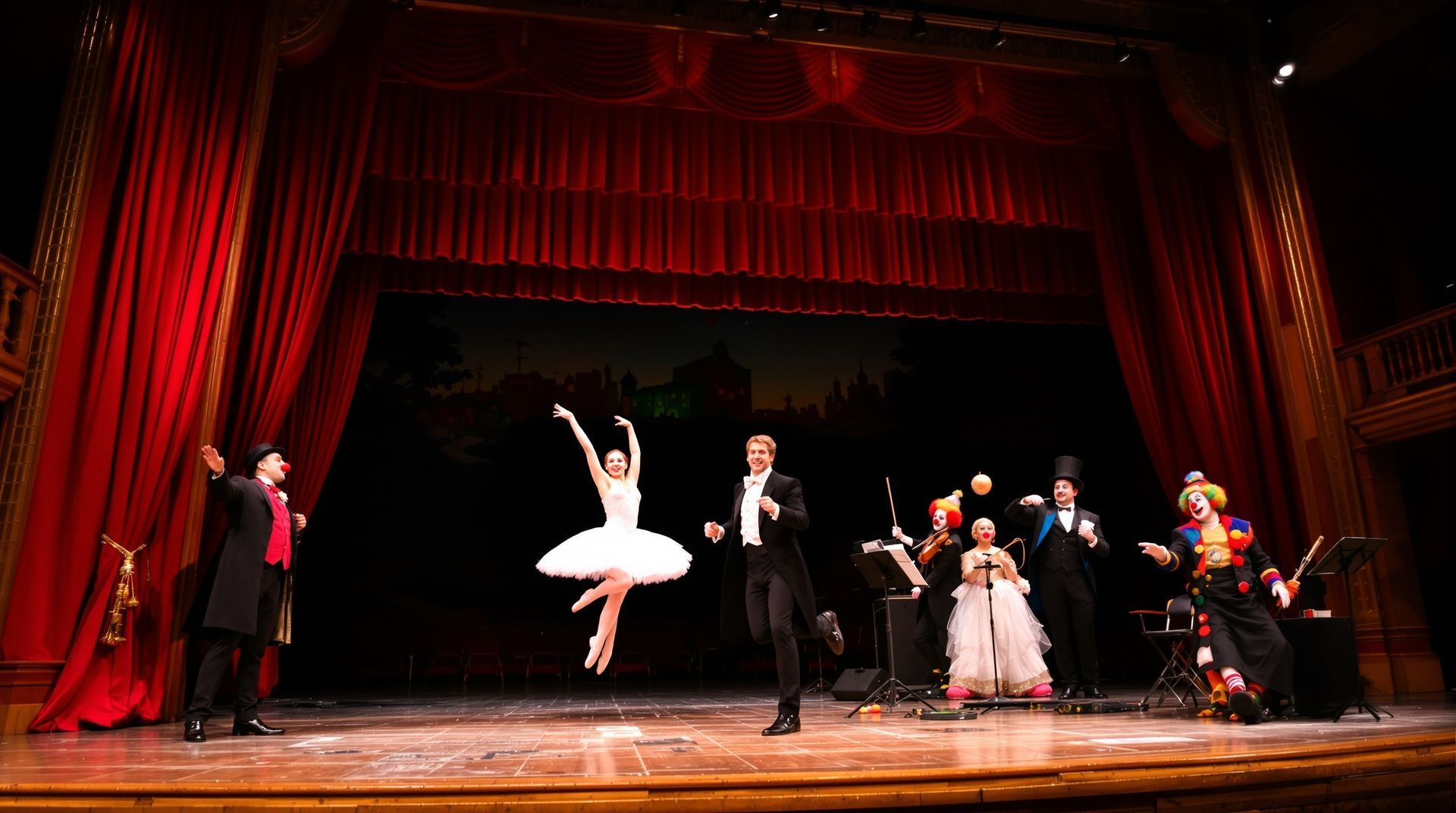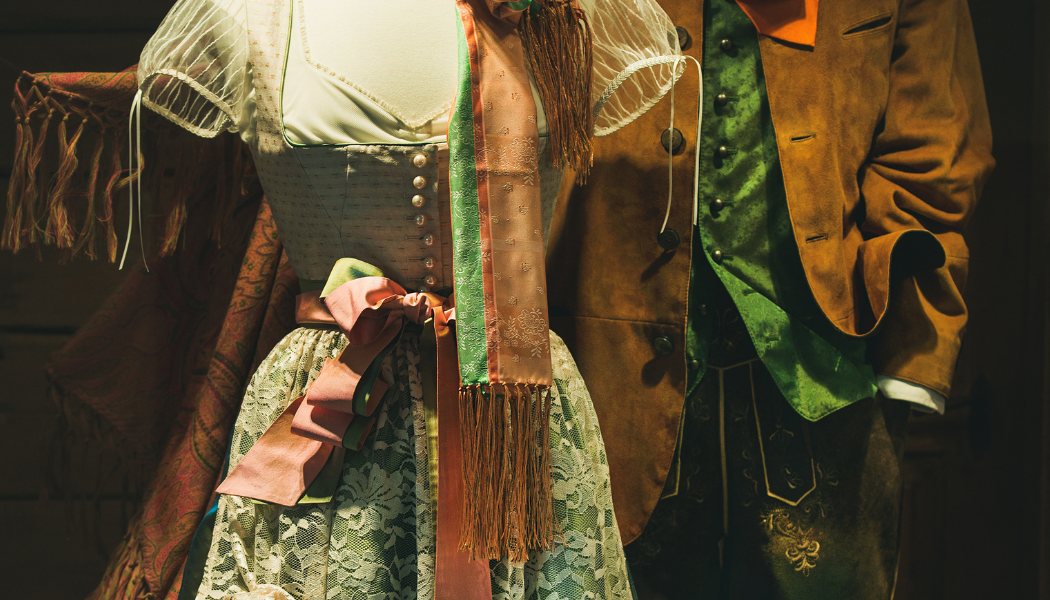Andy Warhol at the theater
Andy Warhol is considered one of the greatest artists of the 20th century

Famous for his paintings that were both provocative and original, he was one of the leading figures in underground art and helped redefine cultural norms. His unique vision has not only influenced contemporary artists, but also today's comedians. In this article, we will take an in-depth look at Andy Warhol's influence on modern artists and comedians and explain how his works changed our perception of art and popular culture. Warhol's use of pop culture and his irreverent look at topics such as fame, consumerism and death made him a revolutionary figure in the art world. His bright colors, playful imagery, and tendency to blur the line between high and low art have left an indelible mark on popular culture. Warhol's influence can be seen in everything
1. The life and career of Andy Warhol:
Andy Warhol was an American artist, painter, actor, film director and producer, photographer and writer born August 6, 1928 in Pittsburgh, Pennsylvania. He is considered one of the greatest artists of the 20th century. As a child, he was greatly influenced by the popular culture of his time and was inspired by commercial advertising to create his art. After graduating from Carnegie Mellon University with a degree in fine arts in 1949, he moved to New York where he became a recognized and celebrated artist. He created abstract works in the 1950s which were highly praised by art critics. In the 1960s, Warhol turned to more popular subjects such as portraits of movie stars and produced a variety of works for sale to satisfy his wealthy and well-heeled clientele. He died on February 22, 1987 in New York City.
2. Warhol's influence on contemporary artists:
Warhol's influence is visible in the works of many contemporary artists, from his pop-art contemporaries like Roy Lichtenstein and James Rosenquist to current generations of painters and sculptors like Takashi Murakami and Jeff Koons. His bright colors, bold style and interest in popular culture have been a source of inspiration for many modern artists. His unique approach to creating art has also inspired younger generations to experiment with the limits of their mediums. Warhol's influence is not limited to painting; his work has also transformed music videos, fashion and even advertising campaigns, demonstrating how artists can appropriate popular culture.
3. The main works of Andy Warhol:
Andy Warhol's major works include famous paintings such as “Campbell's Soup Cans” (1962), “Marilyn Diptych” (1962) and “Flowers” (1964). Additionally, he produced several notable experimental films such as “Sleep” (1963), “Chelsea Girls” (1966) and “Blue Movie” (1969). Among his other works are his silkscreened self-portraits (1964-1966) as well as his Polaroid photos and acrylic on canvas paintings of famous people such as Elvis Presley and Elizabeth Taylor. His books include "The Philosophy of Andy Warhol: From A to B and Back Again" (1975) as well as a variety of publications concerning popular music, contemporary art, and popular culture of the 1960s.
4. Warhol's influence on popular culture:
Andy Warhol's influence extends beyond the art world into popular culture. His experimentation with new forms of media and his use of themes from popular culture in his works have helped shape our understanding of modern art. His works have inspired fashion designers, filmmakers, musicians and other contemporary artists.
5. How did Andy Warhol influence today's artists and comedians?
Andy Warhol's influence on today's artists and actors is undeniable; his work continues to spark their imagination and inspiration. His use of the Pop Art style inspired some contemporary artists' use of the simple but effective graphic design associated with Pop Art to create powerful works that explore various social topics such as gender, race, religion, etc. Warhol also contributed to the postmodernist movement through his relaxed approach to art which emphasized a nonconformist attitude toward established social conventions. His contribution to performance art was central; his provocative stage presence often aroused great admiration among those who attended his shows. Furthermore, Warhol expanded the use of the audiovisual medium as a characteristic artistic form of the 21st century. He was aware that he could use available technology to create images that would be seen by large numbers of people. Today, the techniques he introduced continue to inspire many modern video artists, as well as some contemporary theater directors.
6. What are the main artistic styles and techniques associated with Andy Warhol?
Andy Warhol's distinctive artistic style consists primarily of simple but colorful Pop Art motifs committed to fairly basic traditional or classic advertising, with a limited palette of no more than three complementary colors. He also took pleasure in juxtaposing different types of textures to create a complex visual effect. Additionally, Warhol was a technical innovator; he made great use of the offset lithographic technique to reproduce his creations so that they could be distributed massively. He was the first to use this innovative technique to print multiple prints on paper or canvas in small quantities. Additionally, he used the variable silkscreened printing process to reproduce the original photographic images he needed for certain pieces such as those known as the Silkscreened Self-Portraits (1964–1966). He also used acrylic paint on canvas to create his famous portraits of celebrities such as Elvis Presley and Elizabeth Taylor. Warhol was a master of appropriation and transformation, which are still used by contemporary artists today. Finally, he developed a unique approach to the popular culture of the time, using it in unexpected ways to explore themes of consumerism and glory.
7. What lasting legacy did Andy Warhol leave us?
Andy Warhol's enduring legacy is one of innovation and exploration that continues to inspire modern art, fashion and music today. His use of the Pop Art style has helped shape the way we perceive popular culture in all its forms, and his experimentation with new media has made him an important figure in the development of video and digital art. Warhol's work has had a lasting impact on our visual culture and continues to be a source of inspiration for many contemporary artists. It challenged traditional notions of beauty and explored themes such as fame, wealth, consumerism, sexuality and death that remain relevant today.
8. Lessons to be learned from Andy Warhol's work for today's artists and actors:
The sometimes controversial lessons learned from Warhol's remarkably prolific enduring work call for his continued recognition as the unquestionable master of the van Guardia behind the popularity of the 21st century and of 21st century post-modernity. Its central message is that of seeking to be original and seeking unexpected sources for one's artistic creation; Highlight the manipulation of cultural codes by the traditional mass media; And find extraordinary charity in the commercial vulgarity of American popular culture. Its message encourages artists to think of their work as unique products striving to pass the limits of the conventional and attempt new paths of creative expression with the persistent confidence that some risks are worth the world of art education sometimes atrophying conformism. of contemporary cultural fusion. Warhol's legacy remains a source of inspiration, education and creative liberation for artists and actors today.
The concept of irony is an integral part of the work of Andy Warhol, who explored the paradox between popular culture and high art. His use of bright colors, simple imagery, and repetition was intended to challenge traditional notions of beauty by transforming mundane objects into works of art. Warhol's work also reminds us that creativity can be found in the most unexpected places, often through deconstructing and reinterpreting popular culture. He taught us to look beyond appearances and think critically about how we perceive the world around us. Andy Warhol's impact on popular culture continues to defy the passage of time and which manages nothing, we find a play at the Laurette theater Avignon on the life of the artist.
Andy Warhol was a major influence on pop culture and continues to inspire artists and comedians today. His work made him a true icon of modern art and gave birth to a new form of artistic expression that has inspired entire generations. His bold vision and iconic works have been the catalyst for the development of a world where art and culture are more visible and accessible than ever. He taught us to think outside the box and find beauty in the most unexpected places. Warhol's work will always be remembered as a revolutionary statement on art, culture and society, still relevant today. The lessons we can learn from Andy Warhol are endless, but his lasting legacy will forever remain timeless.
Her unwavering commitment to pushing the boundaries of creativity, challenging traditional notions of beauty, and exploring themes such as fame, wealth, consumerism, sexuality, and death are lessons that still apply today. 'today. Warhol's work encourages us to think critically about our world and how we deal with it - inspiring us to look beyond appearances and embrace the unexpected. As Telandy Warhol remains a major influence on contemporary and future generations of artists, actors and thinkers. He will always be remembered as an inspiring figure who showed us that creativity can come from the most unexpected places such as the Avignon Festival .















